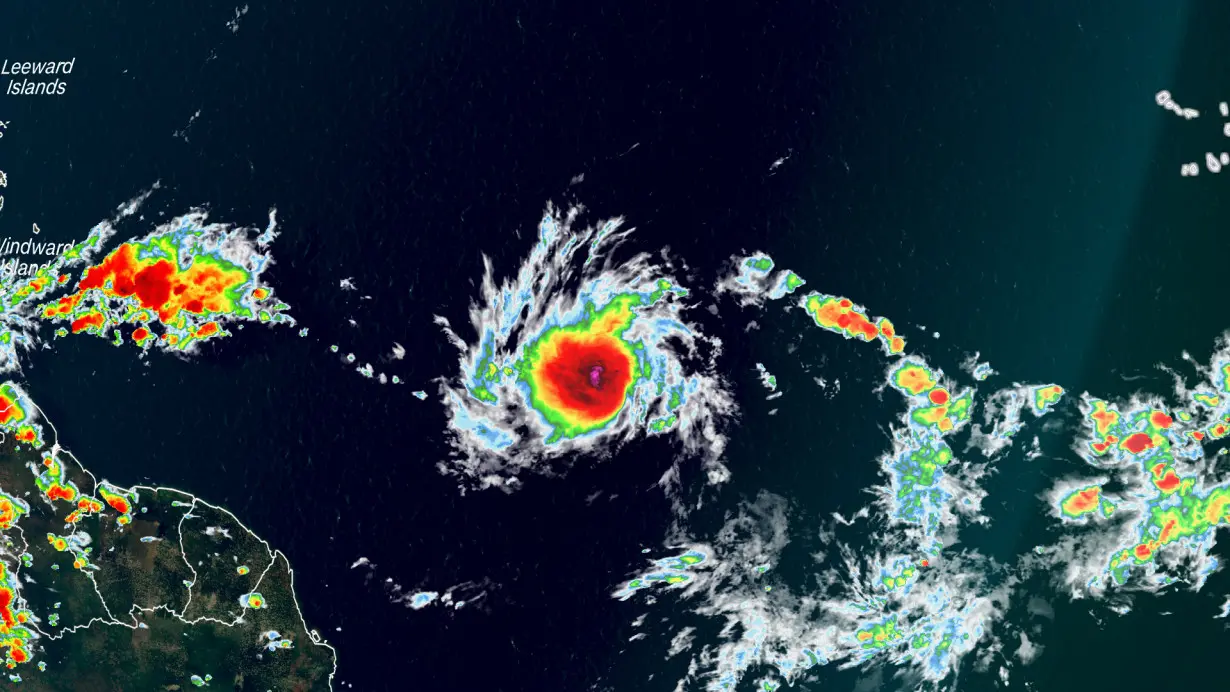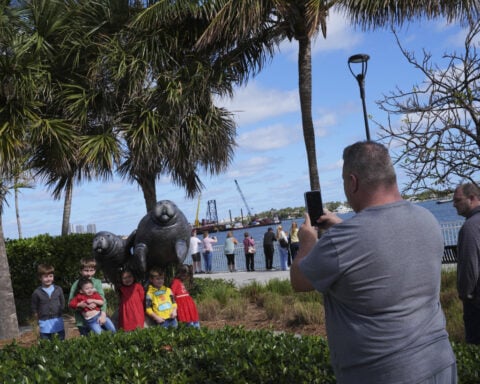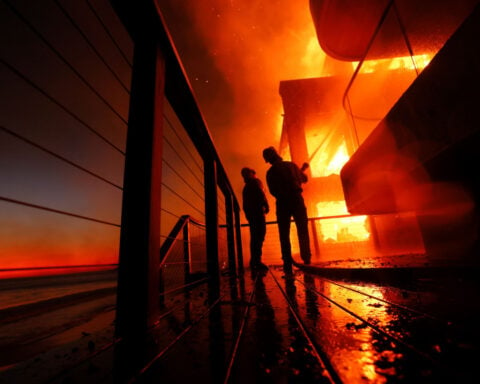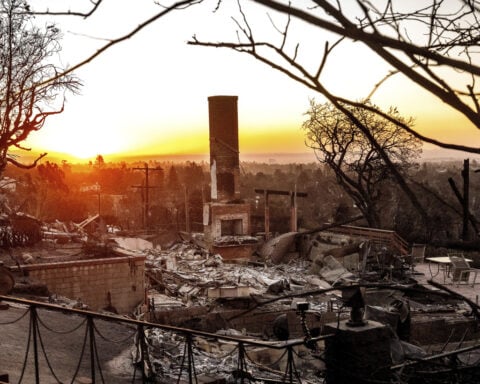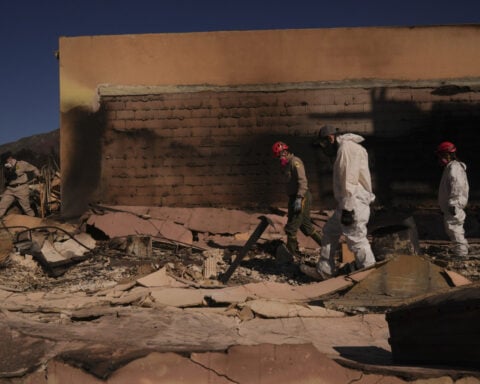(CNN) — The second tropical system of the Atlantic hurricane season has developed and could pose a rare early season threat to parts of the Caribbean as it tracks west, strengthening quickly into Tropical Storm Beryl and then the season’s first hurricane.
Tropical Depression Two could lash parts of the Lesser Antilles – the arching chain of islands that form a broken barrier between the open Atlantic and the Caribbean Sea – by the end of the weekend.
The storm is also worth monitoring for those with interests along the US and Mexico Gulf coasts, but it will take a few days to sort out exactly where it will go or how strong it will be. More clarity should come once it is in the Caribbean Sea early next week.
The system had 35 mph winds Friday afternoon, the National Hurricane Center reported, and was located about 1,200 miles east-southeast of Barbados. Hurricane or tropical storm watches could be posted for parts of the Lesser Antilles Friday night or early Saturday, according to the National Hurricane Center.
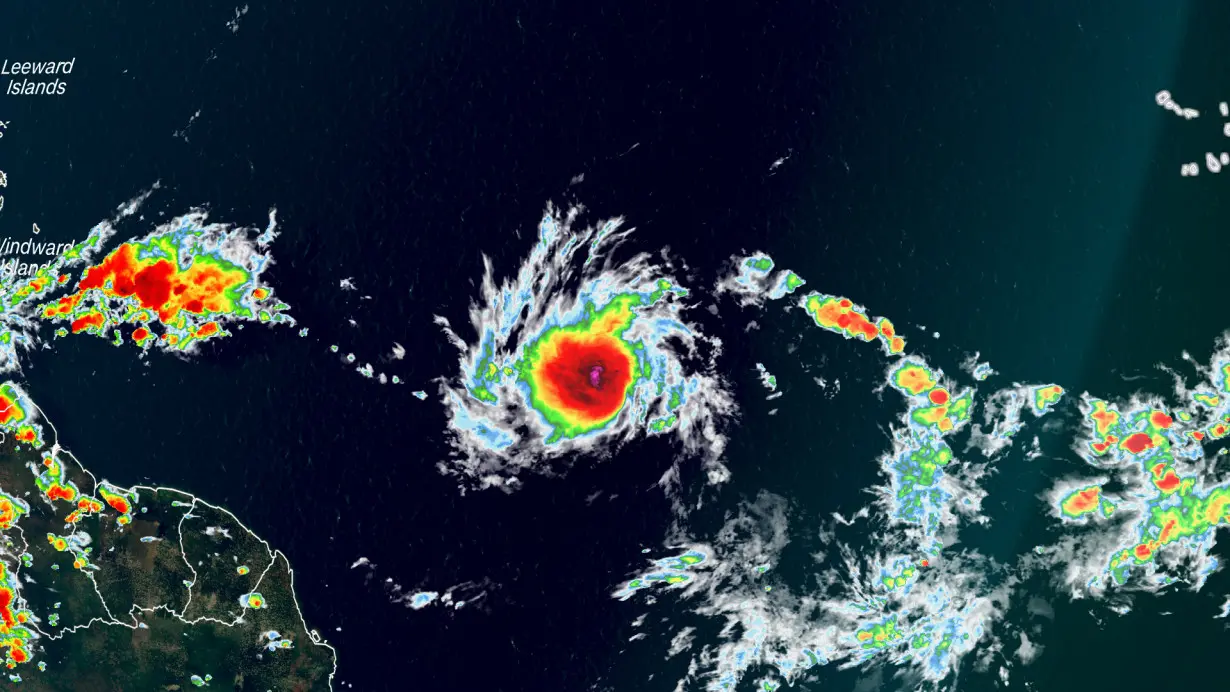
It’s rare for tropical systems to form and track east of the Lesser Antilles in June. That this formed so early in the season – and in this part of the Atlantic – is a sign of the hyperactive hurricane season to come, according to research from Phil Klotzbach, a hurricane expert and research scientist at Colorado State University.
Normally, ocean temperatures aren’t warm enough in this region in June and July to help tropical systems thrive. That’s hardly the case this year, and one of the reasons behind record-high hurricane season forecasts over the past few months. Ocean temperatures remain close to the off-the-charts highs being set this time last year in the area where the storm is tracking through and are currently at levels more commonly found in August and September.
It’s a small slice of a bigger problem. Ocean temperatures across the globe and the Atlantic were record warm for over a year, driven upward by planet-warming fossil fuel pollution and in part by El Niño.
This system is not alone. There are two other areas being monitored by the National Hurricane Center for development, including one in the same area of the Atlantic where this system formed and another in the southwest Gulf of Mexico.
Both have low odds of developing over the next week, but given the unusual early season action and favorable ocean temperatures, will have to be watched closely.
The-CNN-Wire
™ & © 2024 Cable News Network, Inc., a Warner Bros. Discovery Company. All rights reserved.

 Italy, Albania, UAE sign deal for energy subsea interconnection
Italy, Albania, UAE sign deal for energy subsea interconnection
 European shares advance as bond yields ease; soft inflation powers UK stocks
European shares advance as bond yields ease; soft inflation powers UK stocks
 Bank Indonesia delivers surprise rate cut to support growth
Bank Indonesia delivers surprise rate cut to support growth
 Novak Djokovic breaks a tie with Roger Federer for the most Grand Slam matches in tennis history
Novak Djokovic breaks a tie with Roger Federer for the most Grand Slam matches in tennis history
 China's RedNote: what you need to know about the app TikTok users are flocking to
China's RedNote: what you need to know about the app TikTok users are flocking to
 British author Neil Gaiman denies ever engaging in non-consensual sex as more accusers come forward
British author Neil Gaiman denies ever engaging in non-consensual sex as more accusers come forward
